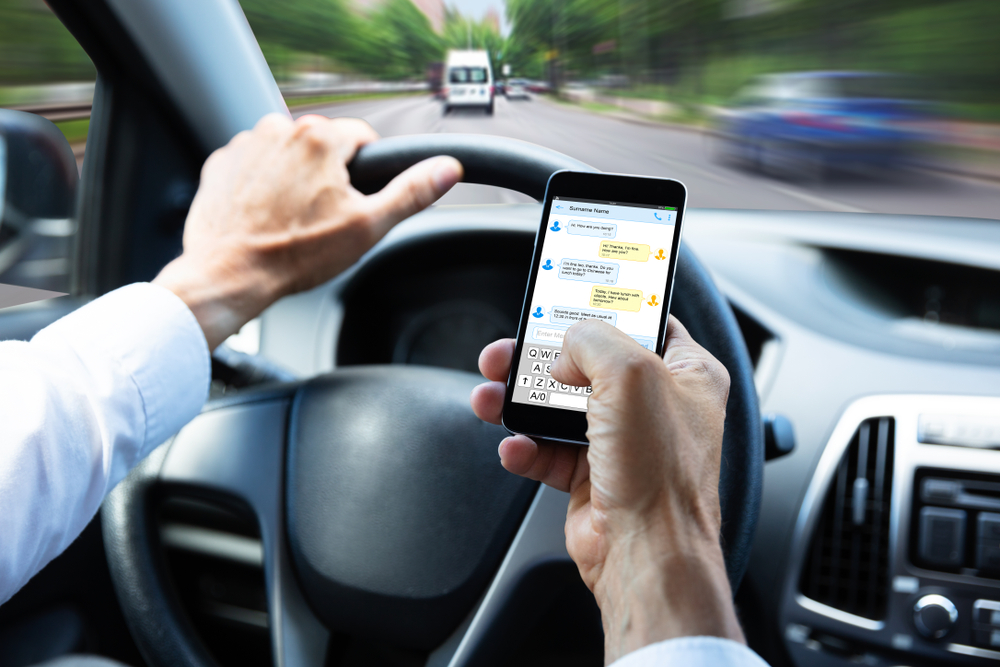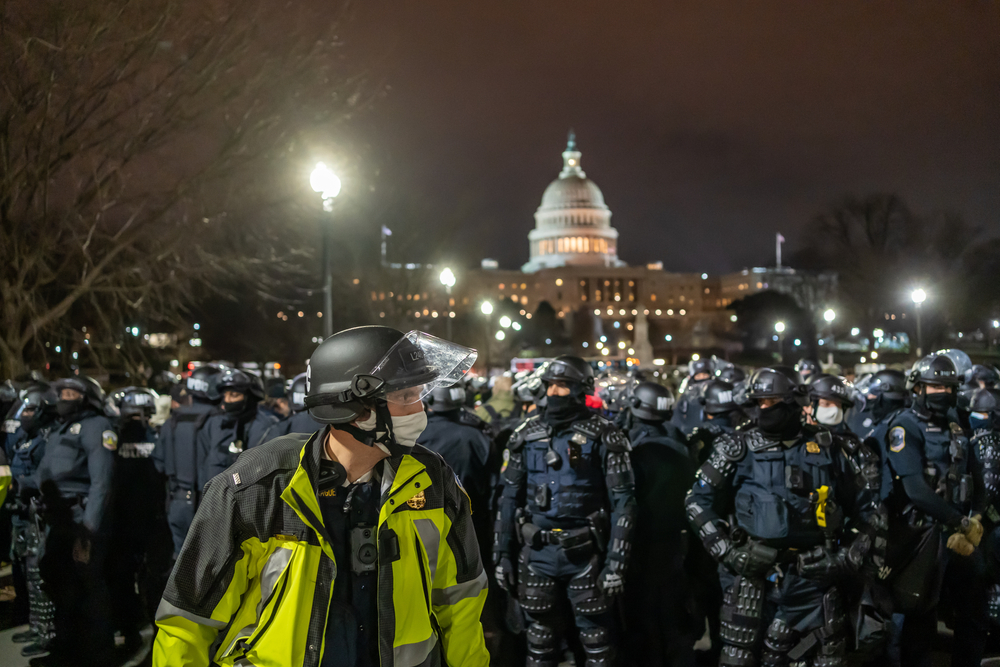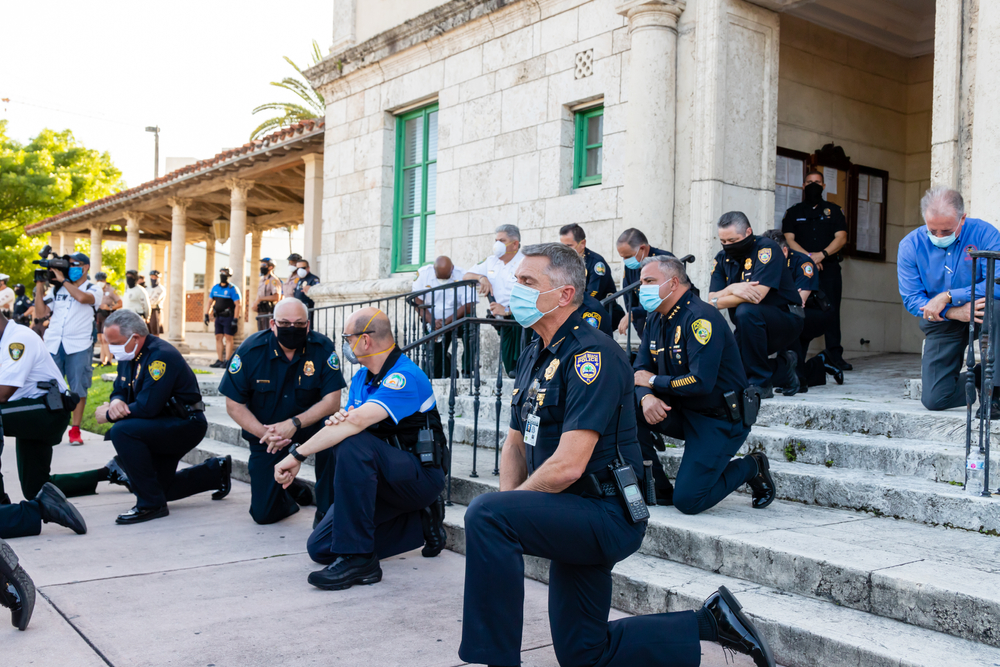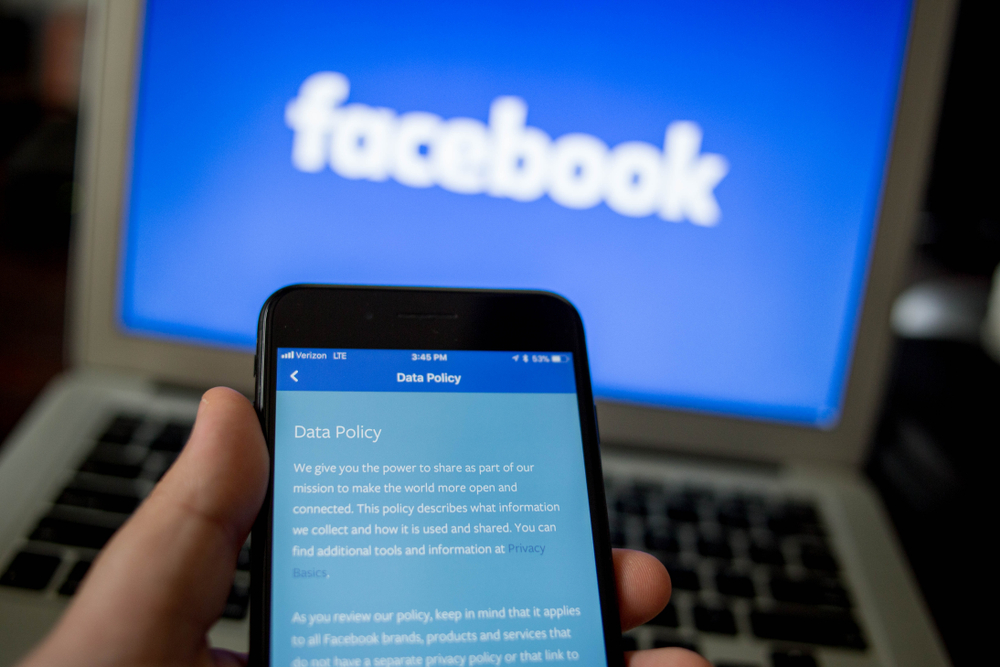Distracted driving laws mean fewer crashes, fewer deaths, study says
A recent study by the American Academy of Pediatrics makes a direct correlation between distracted driving laws and fewer fatal crashes among all age groups.

That includes drivers 16 to 24 years old for whom the number one cause of death is fatal vehicle accidents.
The study analyzed fatal vehicle crash rates across states based on the types and strengths of their distracted driving laws.
“Texting bans and handheld bans for all drivers were associated with decreased … fatalities in all age groups,” the authors said. States with primarily enforced texting bans had fewer fatalities for those 16 to 19 years old.
The authors of the study concluded that in the U.S., primarily enforced distracted driving laws are associated with the largest decrease in fatal crashes.
“Adoption of universal handheld cellphone bans in all states may reduce the incidence of distracted driving’’ and decrease fatalities, the study said.
Recent statistics from the National Safety Council estimate that 28% of the 1.6 million crashes each year are caused by using cell phones. That is 1.4 million drivers using cell phones and a minimum of 200,000 additional crashes caused by drivers who are texting.
RELATED: Supreme Court upholds robocall ban, but the phones keep ringing
The safety council has determined that sending or reading texts takes a driver’s eyes off the road for five seconds.
“At 55 mph, that’s like driving the length of a football field. At least nine Americans die every day from distracted driving crashes.”
Joel Feldman, whose daughter was killed by a distracted driver, founded EndDD.org. He said the study is so good that the researcher should take their show on the road to every state.

“This study gave some background, the proof that these tougher laws were likely having an effect on reducing teen fatalities,’’ he said. “It is really, really important and he and his team should be going to other states and telling other states what their research shows.”
Feldman, who is a personal injury attorney, said when he speaks to teens on this subject, it is about educating them, because not everyone is going to just obey a law.
“The whole idea is because accidental preventable deaths are car crashes. More than 50% percent of crashes are caused by teens.”
If you look at overall statistics for a given state, then you break out the 16- to 19-year-olds, the numbers are staggering, he said.
He uses scenarios to get his point across to teens, like asking them if they respect others. If they do, he teaches, they will re-train themselves not to use their phone while driving.
“My perspective is talking to kids, talking to their parents and giving them good reasons why they should choose not to use their phones while driving. It is a behavioral approach,” Feldman said. “Traffic folks believe you need tough laws, enforcement and education. There has been a lot of momentum in the last two years of states going hands-free, including South Dakota and Indiana. Well over 20 states now have hands-free laws.”
When you ask kids about respect, they will tell you it is the golden rule, to treat others as you want to be treated, Feldman said. “Most drivers, over 90%, identified their largest traffic safety concern as distracted drivers. Their concern for drugged or drunk drivers is below 50%.”
“People take their minds off of the road too easily,” said Patrick Booth, whose law practice at Chaffin Luhana LLP in Pittsburgh focuses solely on representing victims of auto accidents, commercial truck crashes and falls on negligently maintained property.
“We have seen as many if not more accidents caused by distracted drivers as drunk drivers,’’ he said. “Unfortunately, with drunk driving there is a social mindset that everybody accepts that is something you can’t do, but so many have not gotten to that with distracted driving.”
According to the University of Utah Applied Cognition Lab, “the odds of getting into a crash are four times higher when a driver is talking on the cell phone, the same odds of crashing when driving drunk,” which is why some call texting while driving the new drunk driving.
And according to the National Safety Council, texting while driving is six times more likely to cause an accident than driving under the influence of alcohol. The category of distracted driving also includes food, drinks, children, interactive dashboards and pets. But texting remains the number one problem.
Drivers share the road and that means they must respect others, Feldman said.
“This is something we are finding, very, very effective,’’ he said. “Respect is a fulltime job, even when we get behind the wheel of a car. We need to continue to educate people.”
This country has made strides with many programs to address distracted driving, but there is still plenty of work to do, Booth said. “Technology has become so much more accessible; it is harder and harder to pull people away from these things. And if people aren’t really conscious of it, that’s the problem. The answer is knowledge, information and education.” And as time goes by, this will be less an issue just for young people and more of an issue for older people, also, he said.
Samples of state laws
On July 1, Idaho was the latest to strengthen its laws, enacting a hands-free device law. The state already had an anti-texting while driving law on the books, but it was deemed useless and unenforceable.
An analysis conducted by the safe-driving app Zendrive showed that in 88% of car trips, drivers used smartphones for 3.5 minutes for every hour-long car trip. It reported that the worst states for distracted driving are Arkansas, Oklahoma, Louisiana, Alabama and Mississippi. Some states, including New Jersey, have provided funds to police departments to conduct special enforcement targeting distracted drivers.
Pennsylvania’s texting-while-driving ban prohibits, as a primary offense, any driver from using a wireless device to send, read or write a text-based message while a vehicle is in motion. Drivers receive a $50 fine, plus court costs and other fees. The Pennsylvania Department of Transportation, in its explanation of the law, links to Faces of Distracted Drivers, which shows photos of some of those impacted by distracted drivers.
Texas law outlaws texting or emailing while driving for every driver but defines who can use a cell phone while driving based on age. For example, novice drivers are prohibited from using cell phones altogether and drivers over 18 with a learners’ permit are prohibited from using a cell phone for the first six months of driving.
In Missouri, drivers 21 years old and younger are prohibited from driving while texting or sending emails, but they are still free to talk on their phones while driving. Commercial drivers are prohibited from using hand-held cell phones for calls or texting. There are exceptions, for example, such as when a vehicle is stopped, if the phone is being used to report an emergency or if it is used to prevent injury to a person or property.
Be sure to visit the Legal Examiner Auto Accident Help Center for more.

















